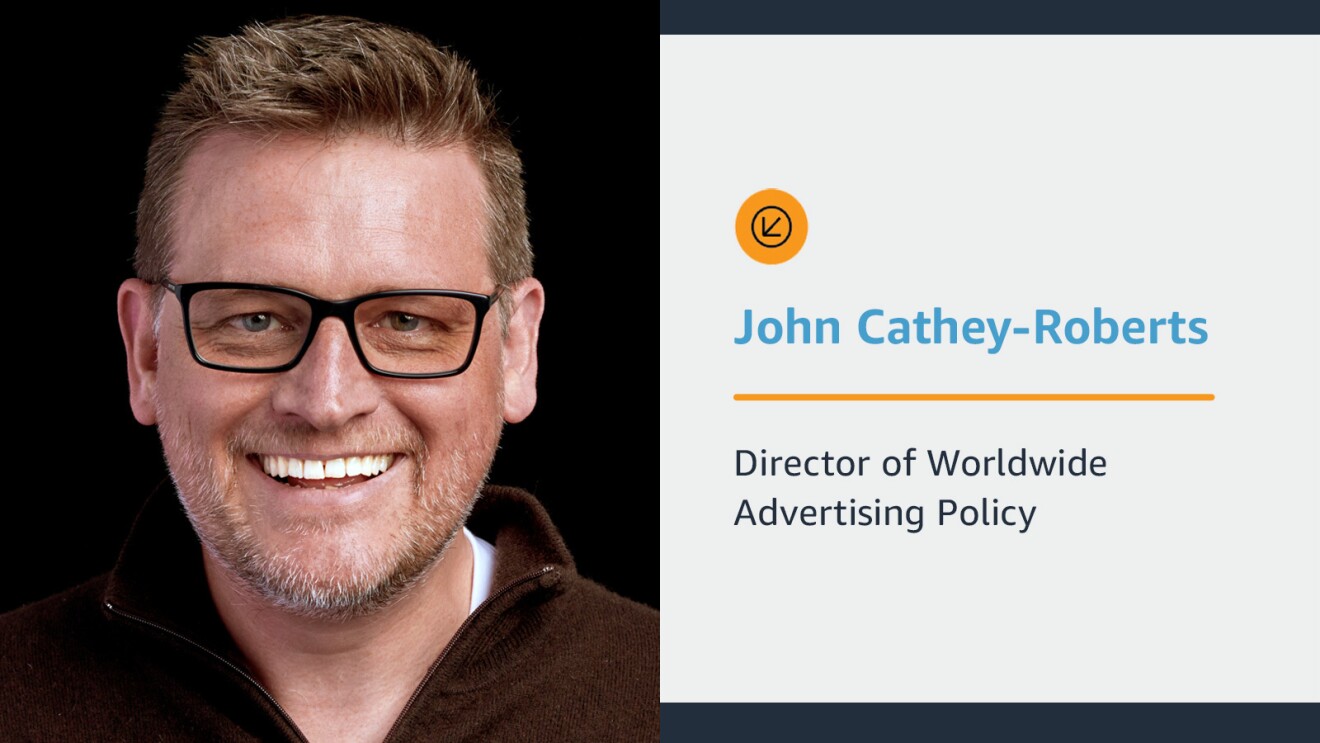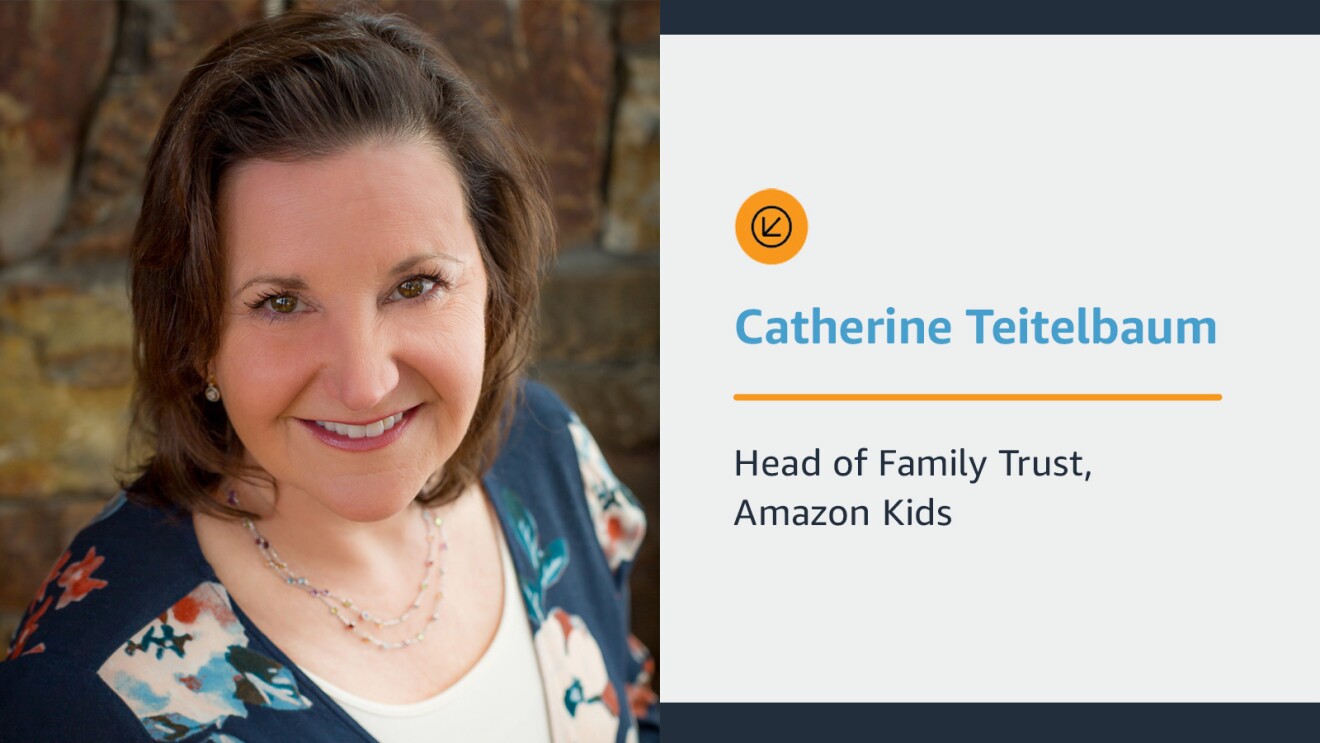Online advertising is everywhere and can even be personalized to the people seeing it. Naturally, parents want to keep their kids safe and aware of when they’re being influenced. But how do you have that talk and help your kids understand?
Catherine Teitelbaum, who leads Amazon Kids’ family trust programs, and John Cathey-Roberts, director of Amazon’s Worldwide Advertising Policy, talk about how online advertising works, guardrails within Amazon’s policies and practices, especially around children, and tips for parents on how to navigate this landscape.
Q: What guardrails does Amazon have for advertising policies and practices for kids and teens?
Catherine Teitelbaum: Amazon maintains strict advertising policies with respect to children and teens. Amazon Kids+ is our subscription service for kids and it’s completely free of ads. It provides premium books, videos and games for learning, and other content. But parents have the option, through the Amazon Kids Parent Dashboard, to approve additional content, such as games or school-related apps, that may include some advertising.
I recommend that parents review these apps’ features and disclosures in the app store prior to approving their download or adding them to their child’s profile. That way, parents can confirm that the content, experience, and any corresponding ads are in line with their expectations. On Amazon Teens, we filter certain types of ads from that store so teens don't see them.
Q: Can you explain advertising and how online advertising works?
John Cathey-Roberts: Advertising can take different forms—entertaining, cute, informational, funny, paid messaging—but all ads have the intent of persuading the audience to do or buy something. An ad is some type of content that someone is paying to get other people to see. That someone is usually a company, but the ad could also be a public service announcement trying to get you to brush your teeth. The goal is to convince you to buy into an idea or buy a product or a service. We set a high bar for the standards of advertising that we accept and the kind of content that is shown in ads.
Q: You are both parents. How do you talk to your kids about advertising?
John Cathey-Roberts: I talk with my children, who are ages 8, 18 and 19, about how advertisers can influence them and through what means advertisers try to do so. It’s important to help your kids understand the difference between content and an advertisement.
 John Cathey-Roberts, director of Amazon’s Worldwide Advertising Policy, and his family.
John Cathey-Roberts, director of Amazon’s Worldwide Advertising Policy, and his family.Catherine Teitelbaum: When my son was young, I tried to make a game out of “guess what they want you to buy?” Especially during events like the Superbowl, we would have an entire room competing with guesses as each new ad came on TV. Less competitively, we would review apps in the app store together. While focusing the conversation about the reasons my son was interested in a game, we would talk about the age rating, whether there would be ads or opportunities to buy things within the app, and then make sure we were clear with our expectations.
Q: What tips would you share with other parents as they navigate technology and online advertisements?
John Cathey-Roberts: It’s important to deliver information in a developmentally appropriate way, and stay on top of kids' interests and exposures that change over time. As parents, we know to check ratings and reviews to determine if programming is suited to our children, but it’s also important to be aware of the ads that are shown within that programming.
If my 8-year-old says they want to play a game, I play the game first to check the content and see the kind of ads that are in there. Or if it's a new channel they want to watch, I look at that channel and make sure that it's appropriate for my children. Whenever you download a new app, check the settings and parental control options.
About John Cathey-Roberts

John Cathey-Roberts has over 20 years’ experience in online advertising policy. He leads the Worldwide Advertising Policy team, which is responsible for defining and maintaining a high customer-experience standard for the advertising content Amazon accepts across all of its ad products.
About Catherine Teitelbaum

Catherine Teitelbaum is a former educator, industry veteran and recognized pioneer in online safety, product policy, educational technology, and the business of developing trustworthy digital products.
Trending news and stories










